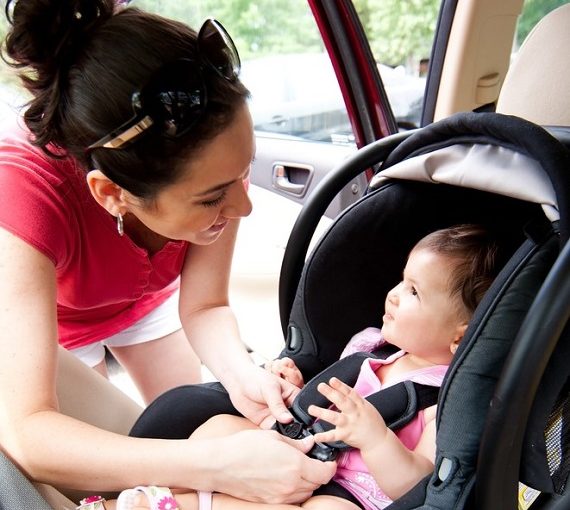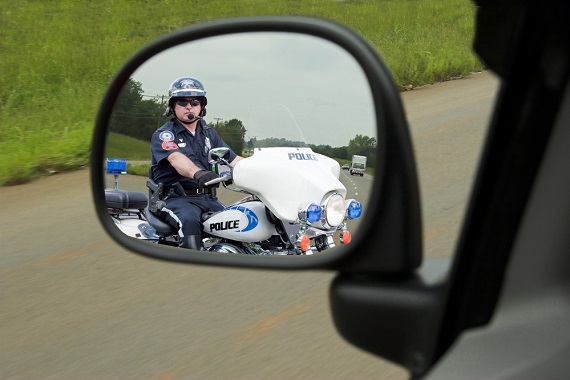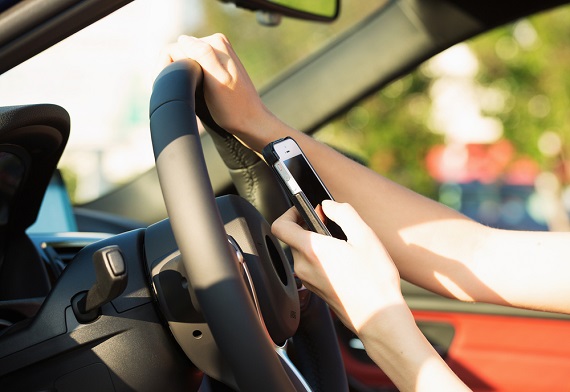If you’re in the market for a new car over the coming year, there’s a lot more to think about in terms of cost than just the sticker price. If you aren’t figuring in the associated financing costs, taxes, insurance, depreciation, gas and maintenance, you are only getting a partial picture of the true cost to drive a car. According to AAA, the cost of car ownership in 2019 was $9,282 or $773.50 a month. That’s 5% more – or $433 – than the prior year.
One of the key culprits to the costs? Finance charges, which AAA says average about 40% of the total costs.
“A key contributor to the increase was a large jump in financing costs. Rising federal interest rates and higher vehicle prices fueled a spike in finance charges, which rose 24% in 2019 from $744 to $920. It comes as long-term loans are becoming more common. Such loans offer lower monthly payments, but they ultimately cost the consumer more, meaning car buyers are paying more, and longer, for vehicles that lose value the moment they’re sold.”
Although long-term loans might seem cheaper, AAA says that they are ultimately costing the consumer more. They estimate that, on average, every 12 months added to the life of a loan adds nearly $1,000 in total finance charges.
One other key expense factor is that as new cars come equipped with more technology to make driving safer and more convenient, maintenance and repair costs go up. Sophisticated sensor in bumpers mean that a simple fender bender can require a costly replacement and recalibration of sensors. See our prior post on high tech cars equaling high cost repairs.
Because cars can be such a big budget item, it can pay to do advance research to ensure you make the best purchase and consider other factors than just the sticker price. Here are some car-buying tools to help you anticipate and calculate the total cost of ownership of various makes and models.
- The Edmunds Inc. True Cost to Own tool calculates additional costs you may not have included when considering your next vehicle purchase. These extra costs include depreciation, interest on your loan, taxes and fees, insurance premiums, fuel costs, maintenance, and repairs.
- Kelley Blue Book offers the 2019 Best Resale Value Awards and tools to check your car’s value.
- Top Safety Picks are issued annually by the Insurance Institute for Highway Safety (IIHS). Also see the IIHS report on insurance losses by make and model.
- Car Fax VIN Check is an essential tool to check the Vehicle Identification Number on used vehicles before purchase.
- Edmunds and Consumer Reports track the most fuel-efficient vehicles.
Talk to your insurance agent!
One other source for keeping annual costs of a new car down is to talk over auto insurance options with your insurance agent. Be sure you are taking advantage of any available discounts, such as discounts for safe drivers, low mileage, seniors, good students, and more. Plus, bundling your auto and homeowners policies with one insurer can yield discounts on both.
Reprinted from Renaissance Alliance – no usage without permission.















